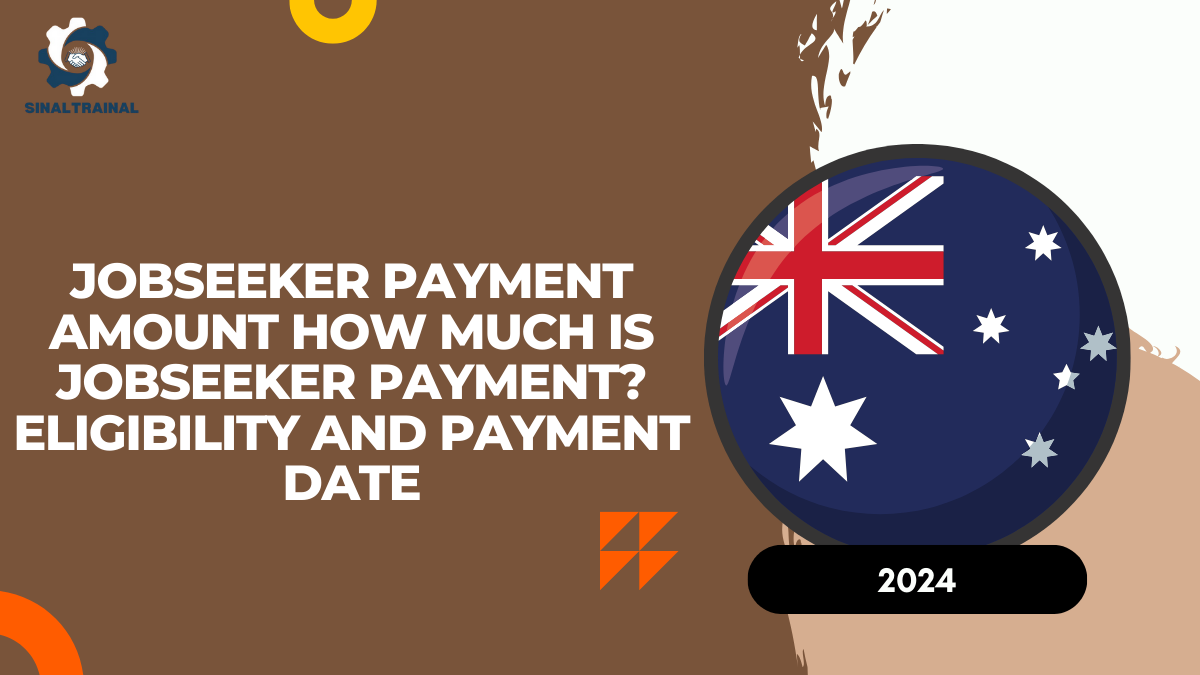In this article, we’ll cover everything you need to know about the Jobseeker Payment Amount for 2024, including the current payment rates, eligibility criteria, and payment dates. The Jobseeker Payment is a taxable income support payment provided by the Australian government to help individuals manage their living expenses when they are out of work or unable to work due to illness or injury.
In 2024, the government has made adjustments to the Jobseeker payment to ensure that it continues to meet the needs of workers facing financial hardship. Read on for more details.

What Is the Jobseeker Payment Amount for 2024?
The Jobseeker Payment is a core component of Australia’s welfare system, offering financial assistance to unemployed residents between the ages of 22 and 64. It also provides support for those who are temporarily unable to work due to illness or injury. The payment amount for 2024 has been adjusted by the Department of Social Services, and it varies depending on the individual’s circumstances, such as whether they have dependents or are part of a couple.
Additionally, receiving the Jobseeker payment may influence other financial obligations, such as child support payments, as your income level impacts what you owe or receive in these areas.
How Much Is the Jobseeker Payment in 2024?
The Australian government updates Jobseeker Payment amounts twice a year—in March and September—taking into account inflation and the cost of living. Here are the current Jobseeker Payment quantities for 2024, depending on your situation:
- Single with no children: Maximum fortnightly payment of $749.20.
- Single with dependent children: Maximum fortnightly payment of $802.50.
- Single, aged 55 or older, receiving income support for 9 months or more: Maximum fortnightly payment of $802.50.
- Partnered individuals: Maximum fortnightly payment of $686.
- Single principal carers (foster carers, homeschoolers, large families, non-parent relatives with court orders, or those involved in distance education): Maximum fortnightly payment of $970.20.
These payments are subject to taxation, meaning that the amount may affect how much tax you owe at the end of the fiscal year. However, receiving Jobseeker payments can also reduce your overall taxable income.
Jobseeker Payment Eligibility Criteria
To qualify for the Jobseeker Payment, applicants must meet specific criteria set by the government:
- Age: You must be between 22 and 64 years old.
- Residency: You need to be a legal resident of Australia.
- Income and Asset Test: You must pass a means test to determine eligibility based on your financial situation.
- Employment Status: You must be unemployed, actively looking for work, or unable to work due to sickness or injury for a short period.
If you are temporarily unemployed or have been stood down from your job, the amount you receive may be adjusted depending on any income you still earn. For individuals who are sick or injured, you must provide valid medical certificates to the Department of Social Services to receive payments during your recovery period.
When Will You Receive Jobseeker Payments?
Jobseeker payments are made every two weeks, but the amount you receive may vary based on your personal situation. Factors like whether you have a partner, children, your age, and how much income you have earned in the previous two weeks will influence the amount.
To claim the Jobseeker Payment, you’ll need to create an online account and verify your identity with the necessary supporting documents. Once your claim is submitted, the Department of Social Services typically processes it within 3 to 4 weeks, at which point you’ll receive a confirmation of your eligibility and the start date for your payments.
By staying up to date on the Jobseeker Payment changes in 2024, you can better manage your finances during periods of unemployment or when you’re unable to work due to health issues.
Click here to know more.